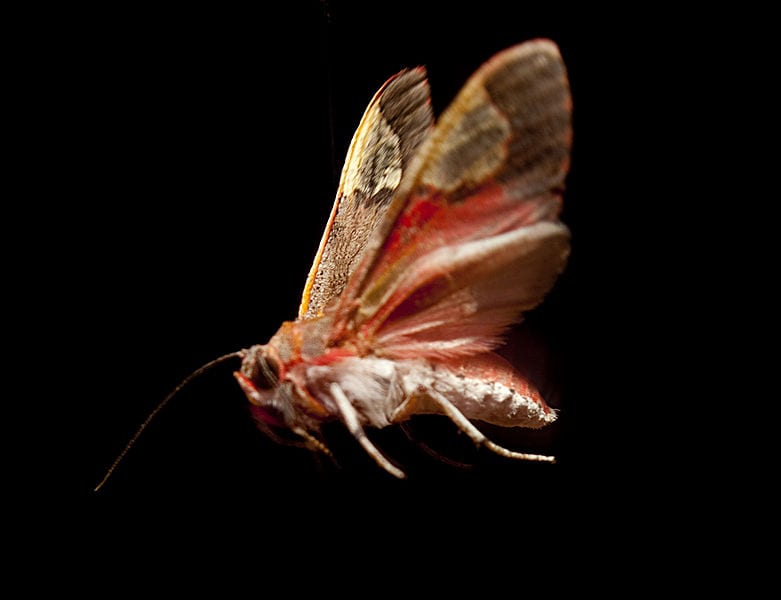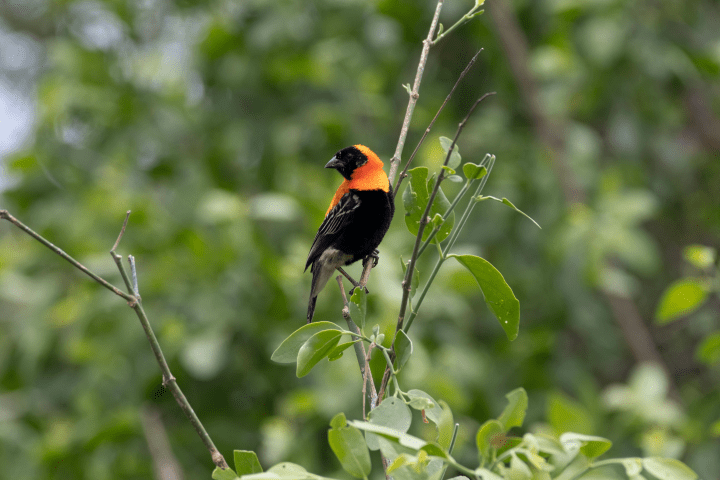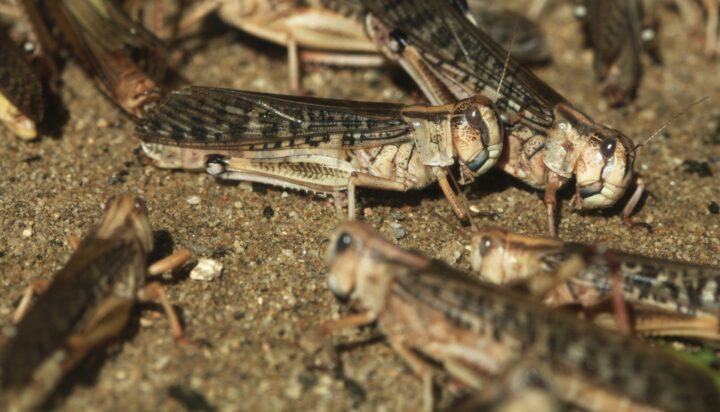Protect From Animals
Animals–organisms that range from microscopic to larger than a bus–embody a wide variety of harms to living systems, including other animals. They threaten through predation, herbivory, defense, and parasitism, and they compete for resources such as water, nutrients, and space. Any given living organism commonly faces threats from a variety of animals, requiring strategies that effectively defend from each. Trout and other bony fish, for example, escape predators by having scales made of very thin, flake-like pieces of bone covered with slippery mucus. They also have behavioral strategies such as camouflage, fast swimming, and twisting and turning to achieve release from a predator’s grip.
Send Sound Signals
Many living systems send auditory signals to communicate with others, including to attract, announce, or warn. These sounds must be audible to the intended recipient in a variety of conditions, such as in wind, water, and solids. As a result, each living system has specific sounds best adapted to its environment. For example, some birds live in loud habitats, like those alongside noisy streams or in windy areas. These birds use sound frequencies that can be heard by other birds over competing environmental noises.
Sense Sound and Other Vibrations From the Environment
For living systems, sensing sound and other vibrations is important for communicating and detecting conditions within their environment. Living systems must locate a signal’s source so that they can move toward it (such as when it is food or a potential mate) or away from it (such as when it is a predator). To prompt an appropriate response, living systems must sense these signals, recognize their amplitude or volume (which is sometimes very low), and determine their direction. Living systems must be attuned to signals relevant to them and able to distinguish these from irrelevant sounds to avoid expending unnecessary energy. For example, owls’ ears are asymmetrically placed. This enables them to detect sounds more accurately, which helps them locate small prey at night and avoid wasting energy chasing down irrelevant sounds.





